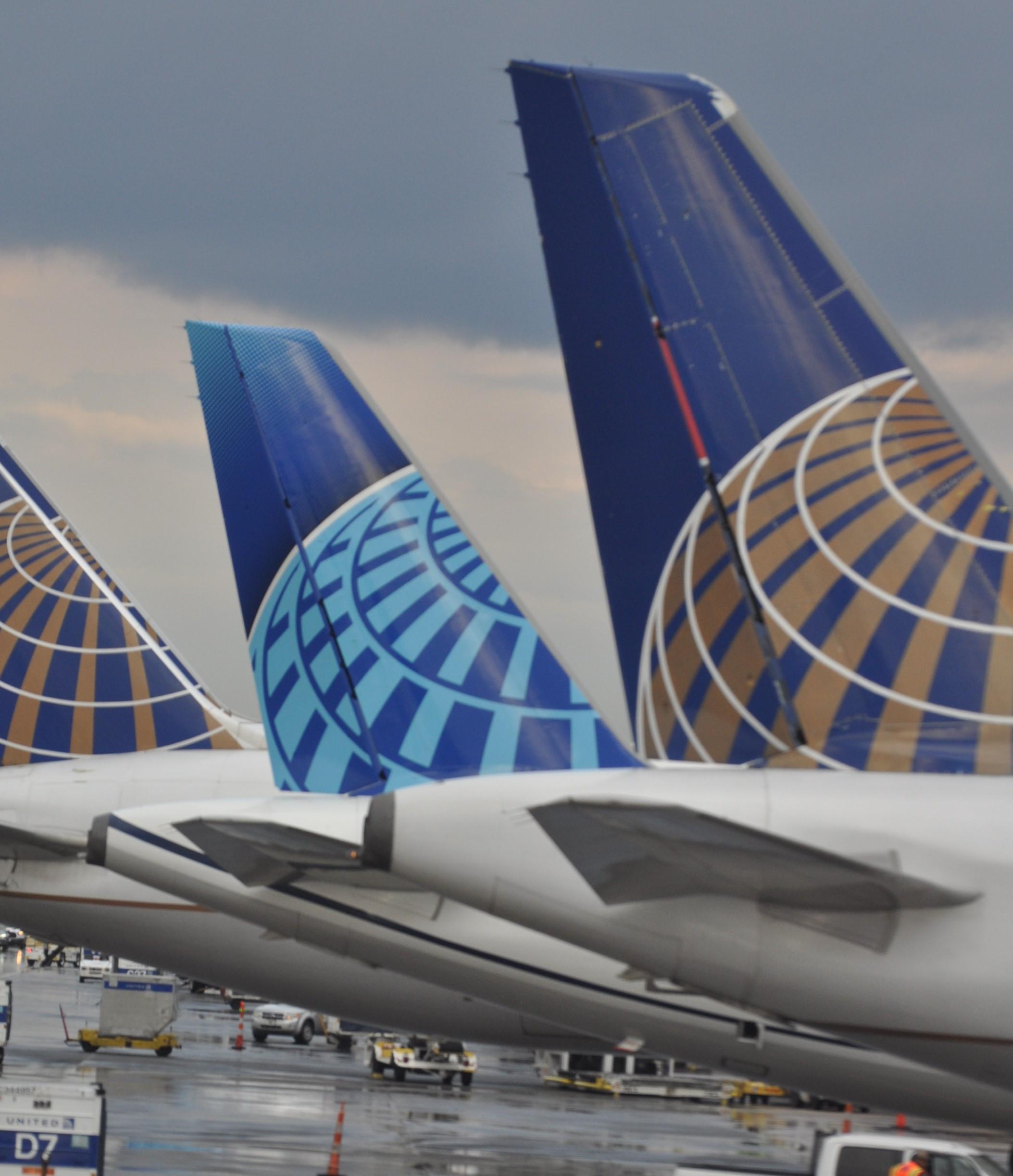
Executives at United Airlines predict the slow recovery in air travel demand will reach a ceiling of around half of 2019 levels, at which point they expect traffic to remain broadly static until a vaccine for COVID-19 becomes widely available.
“We continue to believe a full recovery is contingent upon effective therapeutics and a vaccine,” United CEO Scott Kirby said on the company’s 2020 second quarter (Q2) earnings call July 22. “Our best guess is demand will recover over time to be down approximately 50%, and then plateau at that level until a vaccine is widely distributed.”
Kirby declined to estimate how long it will take for demand to reach 50% of 2019’s level, but said he thinks the recovery will be “rapid” once a vaccine is ready for mass distribution. Still, he doesn’t see that happening until late 2021 at the earliest, suggesting a view that demand will remain below half its former level for at least another year.
“A vaccine has to be tested, found to be effective, manufactured and distributed to a given percentage of the population,” Kirby said. “I think that’s probably going to take longer than what some in the media think.”
Chicago-based United took the most bearish view of the pandemic among its network airline peers, slashing total capacity by 85% during the three-month period ended June 30—far bigger cuts than either American Airlines or Delta Air Lines made. United plans to grow capacity to 35% of 2019 levels during Q3, but that schedule could face further cuts if demand continues to deteriorate. In an apparent shot at American—which has aggressively added back capacity this summer—Kirby said United “will not be focusing on growing market share during the worst financial crisis the industry has ever faced.”
“At the start of the pandemic, many feared our outsized exposure to business traffic, international traffic and our coastal hubs would have been a drag on performance relative to other network carriers, but this was not the case, as we made smart decisions about capacity,” Kirby said.
With demand expected to remain muted well into 2021, Kirby said United is “set to become a much smaller airline” when CARES Act job protections expire Oct. 1. The company has notified 36,000 frontline employees of possible furloughs beyond that date, while only 6,000 workers have volunteered to exit, suggesting substantial job cuts are likely unless additional federal aid is secured. Delta, by contrast, has seen 17,000 employees agree to depart, nearly triple the amount at United, despite the two companies having similar sized workforces.
Unlike both American and Delta, which have announced several hundred aircraft retirements spanning numerous fleet types, United has yet to officially retire any planes as a result of the pandemic. Kirby said the company will delay making any final decisions on fleet “until we better understand the length and duration” of the pandemic, although CFO Gerry Laderman said it is “likely” that the airline’s 61 Boeing 757s “are not going to come back” to service.
United posted a Q2 net loss of $1.6 billion, on passenger revenues of $678 million, which were down 91% from a year ago. Delta, by contrast, posted a net loss of $5.7 billion, adjusted down to $3.2 billion when one-time expenses related to aircraft retirements are accounted for.





